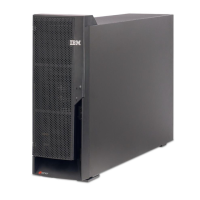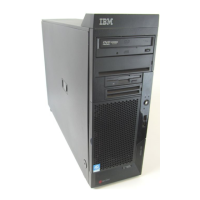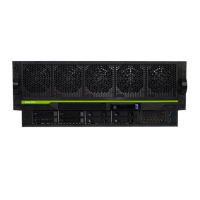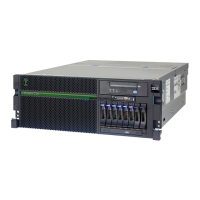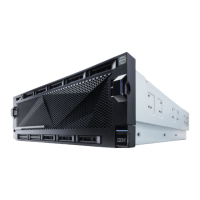5486OpS.fm Draft Document for Review October 18, 2004
530 IBM Eserver i5 and iSeries System Handbook
Integrated file system
A file system provides the support to access specific segments of storage that
are organized as logical units. These logical units on the iSeries server are files,
directories, libraries, and objects.
Each file system has a set of logical structures and rules for interacting with
information in storage. These structures and rules can be different from one file
system to another. In fact, from the perspective of structures and rules, the i5/OS
and OS/400 support for accessing database files and various other object types
through libraries can be thought of as a file system. Similarly, the i5/OS and
OS/400 support for accessing documents (which are really stream files) through
the folders structure can be thought of as a separate file system.
The IFS is a part of i5/OS and OS/400 that lets you support stream input, output,
and storage management similar to personal computer and UNIX operating
systems. The IFS treats the library and folders support as separate file systems.
Other types of file management support that have differing capabilities are also
treated as separate file systems.
Supported file systems within the IFS are:
Network File System (NFS): This file system provides the user with access
to data and objects that are stored on a remote NFS server. An NFS server
can export an NFS that NFS clients then mount dynamically.
QDLS: The document library services file system. This file system provides
access to documents and folders.
QFileSvr.400: The QFileSvr.400 file system provides access to other file
systems that reside on remote iSeries servers.
QNetWare: The QNetWare file system provides access to local or remote
data and objects that are stored on a server that runs stand-alone PC servers
running Novell NetWare. A user can dynamically mount NetWare file systems
over existing local file systems.
QNTC: QNTC is the Windows NT Server file system. This file system
provides access to data and objects that are stored on a server running
Windows NT 4.0 or later. It allows iSeries applications to use the same data
as Windows NT clients. This includes access to the data on a Windows NT
Server that is running on an Integrated PC Server (IPCS).
The QNTC file system lets you share data with servers that can communicate
using the Windows NT LM 0.12 dialect.
The QNTC file system can communicate with Windows NT servers. This
includes a stand-alone server and any Windows NT Application Processors

